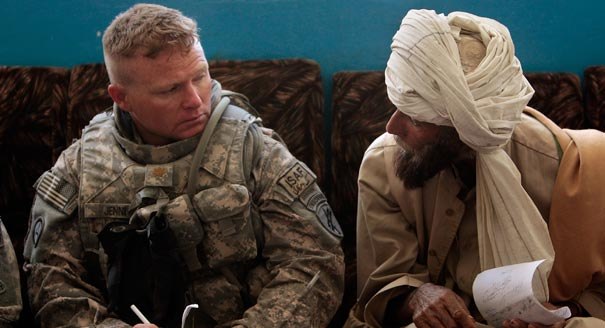Source: Global Politics and Strategy
Some 40 years ago, Michael Howard reminded us that strategy should comprise four dimensions – operations, technology, logistics and society. In his 1979 article for Foreign Affairs, ‘The Forgotten Dimensions of Strategy’, he chastised strategists who failed to consider all four in an integrated fashion and to identify which is dominant in a particular situation, warning that doing so could result in poorly formulated and even dangerous strategies. Howard argued that the social dimension was mostly forgotten in the twentieth century, even though Carl von Clausewitz, writing more than 200 years earlier, had underscored the importance of popular passions (‘the people’) as one of the three elements of war that together formed his ‘remarkable trinity’. The oversight is all the more noteworthy given the decisive role played by societies in shaping the outcomes of a number of strategic encounters, the war in Vietnam being a prominent twentieth-century example.
Howard's admonition came in the midst of the Cold War, at the heart of which lay strategies that threatened to annihilate all of humankind. That conflict provides a dramatic example of how technological advances (in this case, nuclear weapons) can blind the West from seriously considering the social dimension when formulating strategy. Howard's observation is no less relevant today, in a conflict environment characterised by a new set of technologies, including high-accuracy and autonomous conventional weapons, sensors, communications, computing and artificial intelligence.
While the social dimension has long been deeply ingrained in warfare and strategy, its centrality to twenty-first-century conflict has become extreme. Virtually all the actors now challenging the West – large and small, state and non-state, from al-Qaeda and Hamas to China and Russia – have adopted multifaceted strategies with society at their core. Indeed, these could be called society-centric strategies.
Those Western powers most directly engaged in military confrontation – especially the United States and Israel, but also France, the United Kingdom and other NATO members, as well as Australia – have made important adaptations to address these challenges. Yet none of them has fully come to terms with the rise of society-centric conflict. This shortfall, while understandable, can have serious unintended consequences, among them the preparation of misguided strategic assessments and the pursuit of impractical goals, resulting in unmet expectations, frustration, and civil–military and political friction. This essay explores the evolution, manifestations and logic of society-centric warfare, and reflects on its implications for apposite Western strategy formulation.
Read the article
This article was originally published in Global Politics and Strategy







